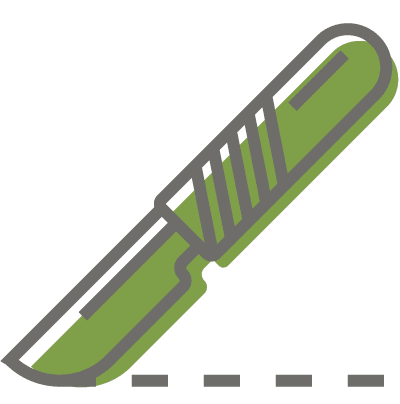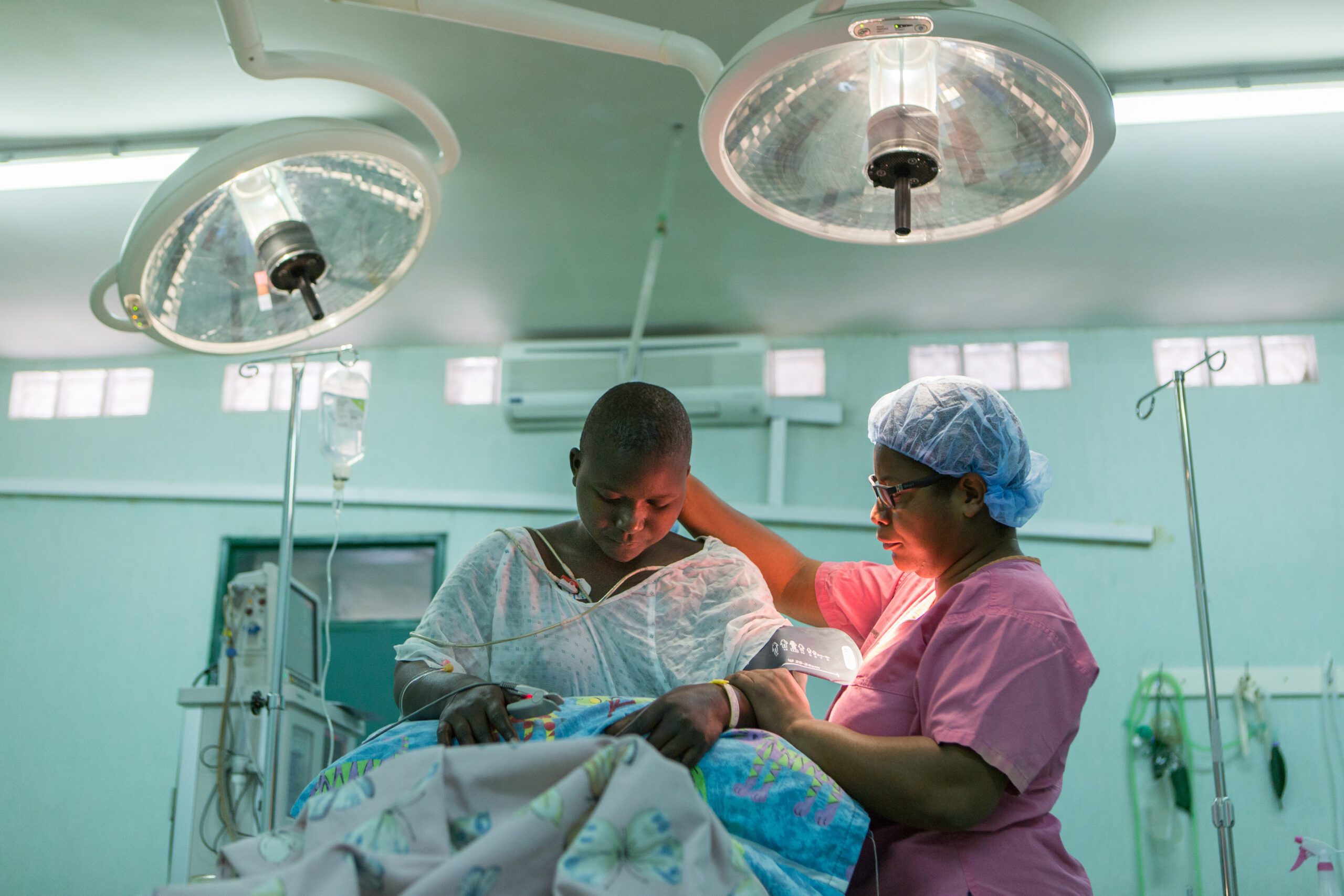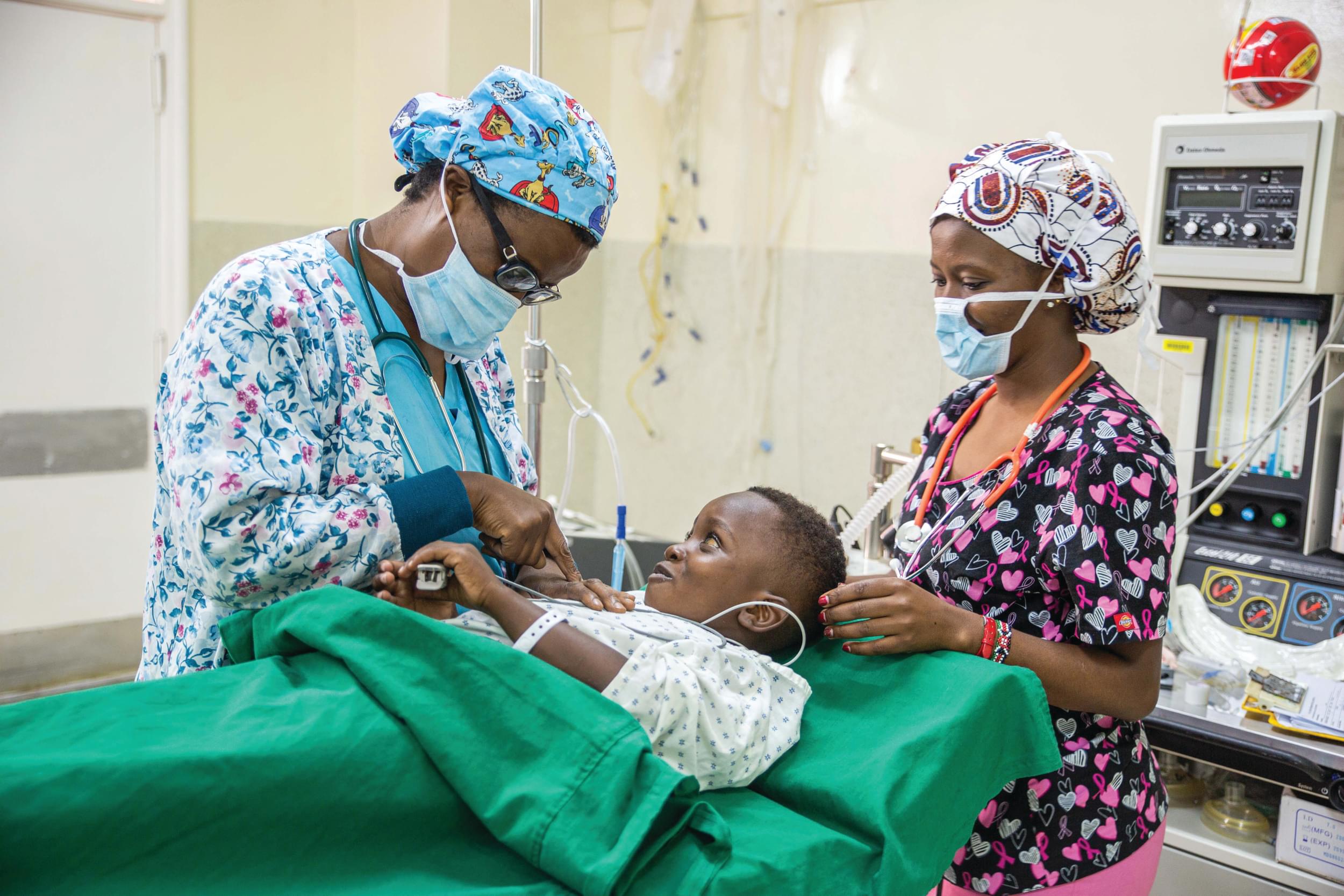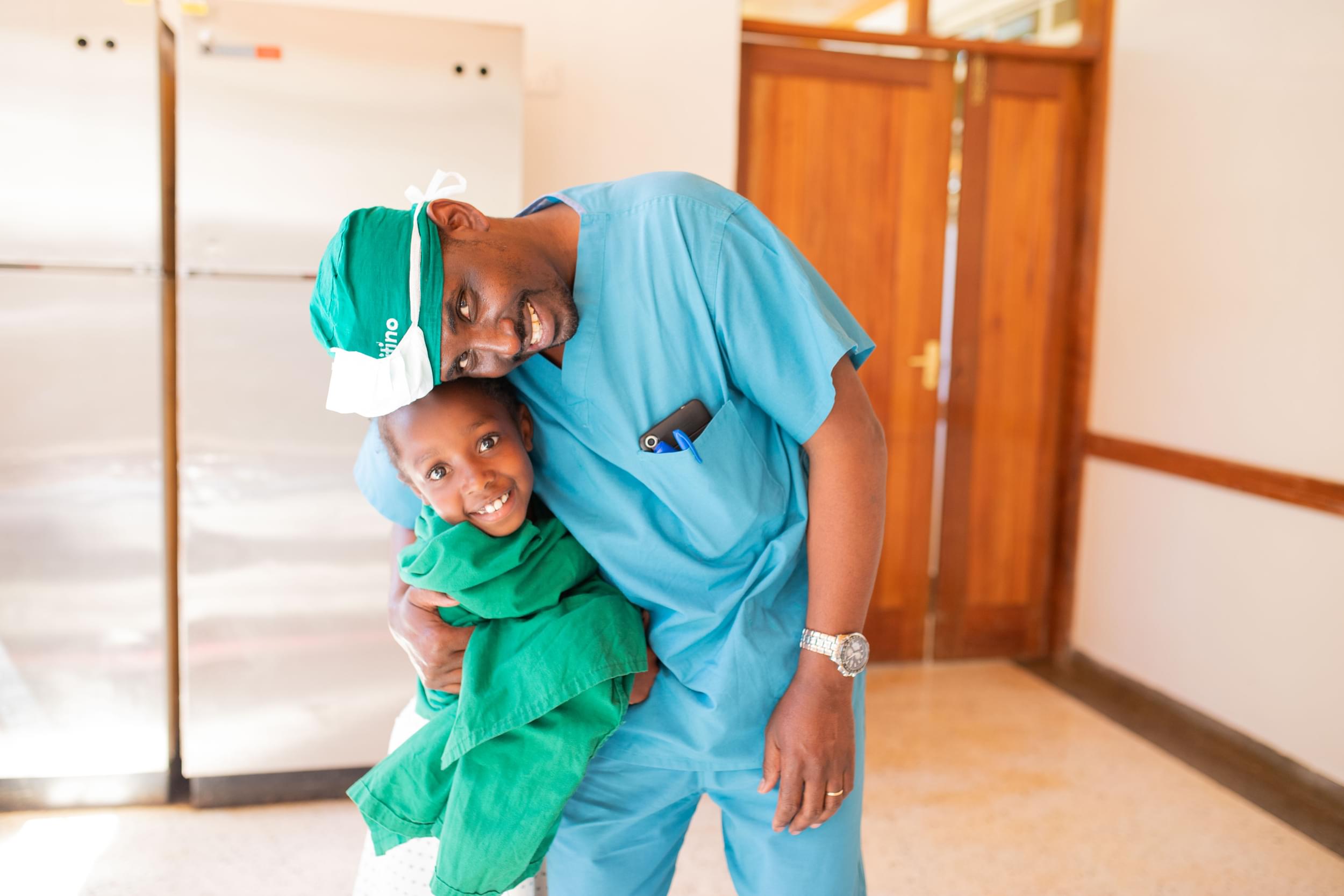Back-carrying infants to prevent developmental hip dysplasia and its sequelae: Is a new public health initiative needed?
Abstract:
Background: Developmental dysplasia of the hip (DDH) is rarely encountered in the native sub-Saharan African population. We present a retrospective review of the incidence of symptomatic DDH in Malawi and a systematic review of the role of back-carrying as a potential influence of prevalence in this population group.
Methods: We retrospectively reviewed the diagnosis and management of all infants seen at the Beit CURE International Hospital, Malawi and its mobile clinics, from November 2002 to September 2012. In addition, methodical review of the literature using the Preferred Reporting Items for Systematic Reviews and Meta-analyses checklist and algorithm was performed.
Results: A total of 40,683 children aged less than 16 years were managed at our institute over a 10-year period, of which 9842 children underwent surgery. No infant presented with, or underwent surgical intervention, for symptomatic DDH.
Conclusions: The majority of mothers in Malawi back-carry their infants during the first 2 to 24 months of life, in a position that is similar to that of the Pavlik harness. We believe this to be the prime reason for the low incidence of DDH in the country. In addition, there is established evidence indicating that swaddling, the opposite position to back-carrying, causes an increase in the incidence of DDH. There is a need for the establishment of a large clinical trial into back-carrying and prevention of DDH in non-African population groups.






















